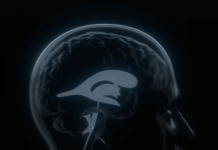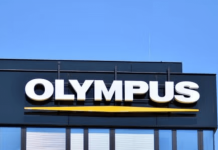MolecuLight i:X allows visualisation of regions containing bacterial species at the point-of-care.
The US Food and Drug Administration (FDA) has granted expanded 510(K) clearance for MolecuLight’s i:X imaging device to include the ability to identify wound regions containing elevated bacterial load as well as more bacterial species.
The expanded labelling of MolecuLight i:X allows clinicians to detect wound areas with more bacterial species, including key target pathogens of interest to the Centers for Disease Control and Prevention (CDC) that are said to be major causes of antimicrobial resistance.
MolecuLight i:X can detect bacterial species, including anaerobes, aerobes, and gram-negative and gram-positive species.
The company stated that the expanded labelling of the imaging device is based on a detailed retrospective statistical analysis of more than 350 patients.
MolecuLight CEO Anil Amlani said: “We are thrilled with the FDA’s new clearance for MolecuLight’ ability to determine the location of elevated bacterial loads in wounds, in addition to the ability to identify regions with more bacterial species of interest.
“Clinicians worldwide are using the MolecuLight device to visualise regions with clinically significant bacterial loads and more species of concern.
RELATED: US FDA approves Beyond Air LungFit PH to treat hypoxic respiratory failure
“With point-of-care information on bacterial load and its locations through use of a MolecuLight device, clinicians can act immediately to tailor their cleaning, debridement, antimicrobial strategies and treatments accordingly.”
Using MolecuLight i:X, clinicians can focus on harmful bacteria with the guidance of fluorescence imaging.
The device can instantly detect and reveal the location of potentially harmful levels of bacteria, allowing for more targeted treatment protocols.
The company noted that the MolecuLight i:X imaging platform has received FDA de novo clearance and three additional FDA 510(k) clearances.






